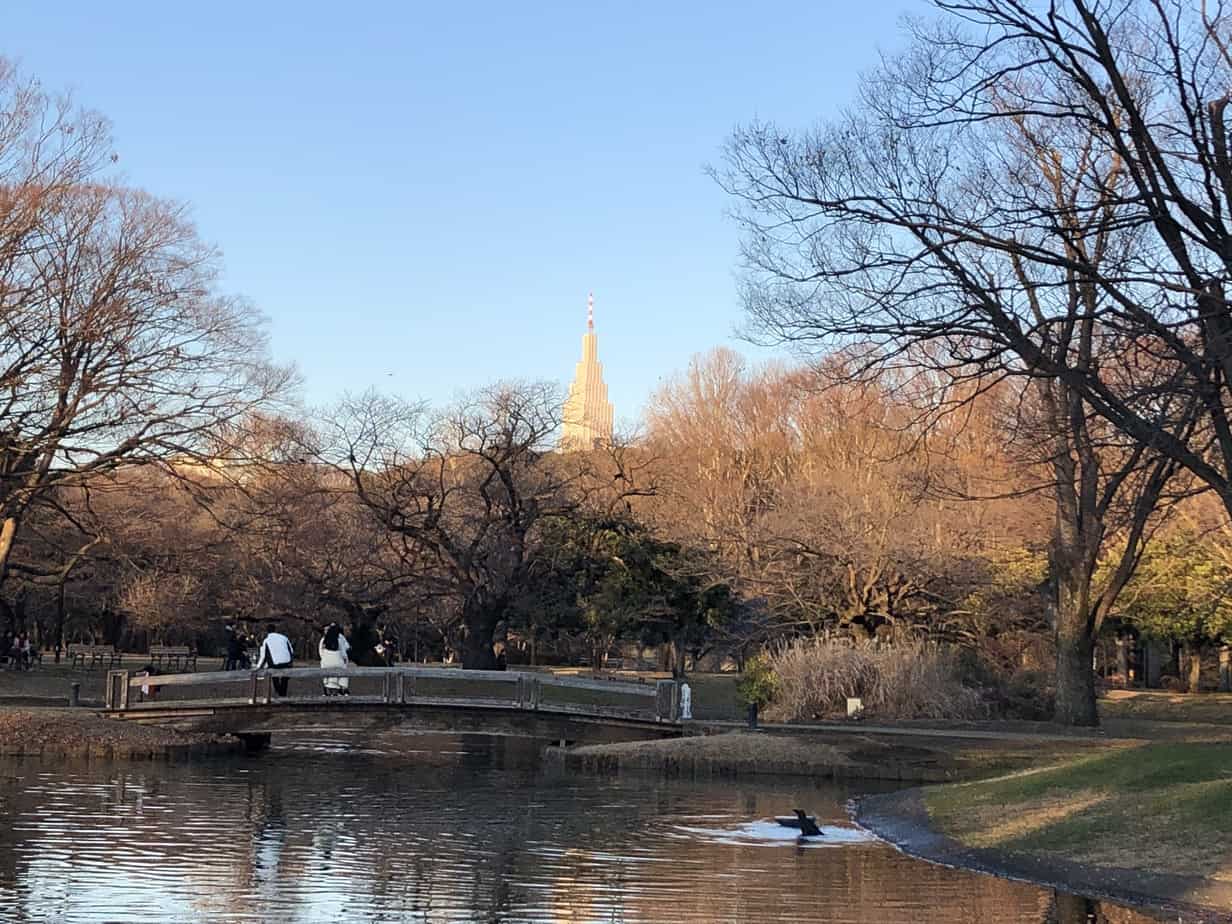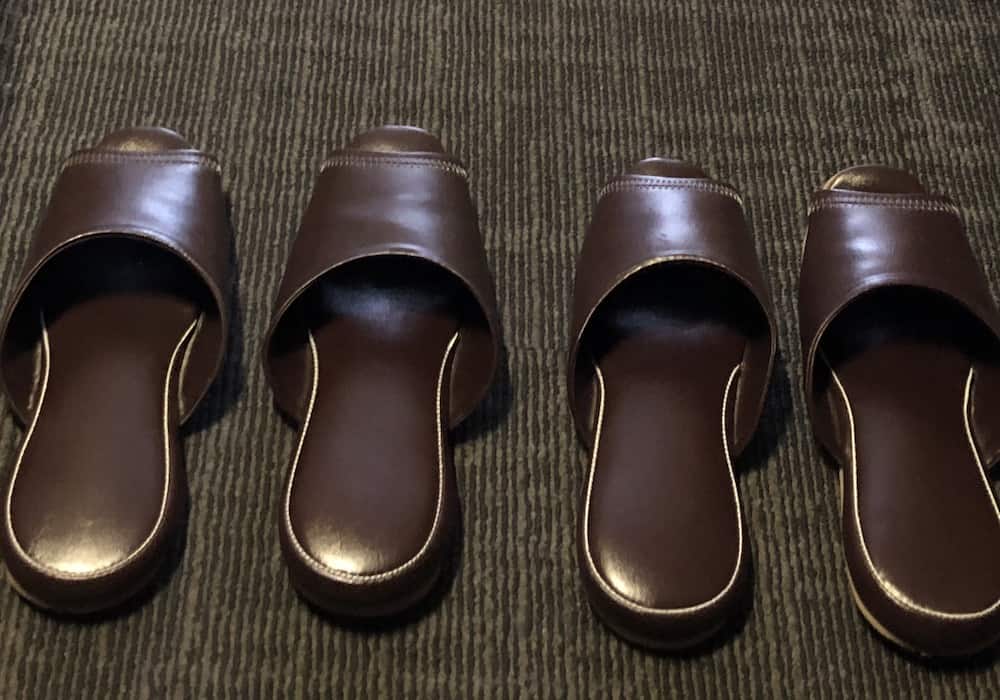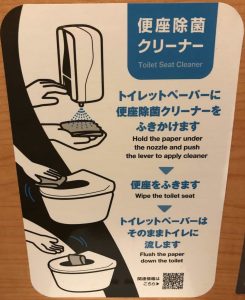What you should know about Japanese culture, customs, and society
Japanese culture is often taken as mysterious and contradictory for Westerners. In Japan some values are obvious at first sight: order, organization, hierarchy and privacy. The Japanese psyche however is much more complex than that, especially regarding human interactions and sexuality.
Following our previous posts on about what to know in your first hour in Japan and tips about Japanese food, we now write about interesting facts in Japanese culture, customs and everyday life.

No trash cans
This is one of the big mysteries in Japan. It is easier to find a unicorn than to find a trash can on streets and yet it is a very clean country. Japanese educate themselves to keep everything the cleanest possible and that obviously includes public spaces. Even in busy areas with party drunken people, it is not as dirty as any other big city. So if you dare to eat something while walking (do not! Check here why), you will have to keep your trash to yourself. In Japan, you do not generate unnecessary waste and in case you do, you have to keep it with you until you get home or find a trash can somewhere.
Take off your shoes, please

Outdoors spaces are clean but indoors too. One of the reasons is keeping shoes at the entrance and circulating around the house with indoor slippers. We were offered comfy ones at our hotel, and you may be asked to take off your shoes at temples and some restaurants, especially the traditional ones where you sit on low tables.
Nobody crosses the street on a red light
As following the rules is their thing and patience is carefully cultivated, the Japanese wait for the light to turn green at a crossing even if there are no cars coming or it is an empty silent street. Besides, everybody uses the pedestrian walks.
Sometimes we forgot and just kept the bad habit we have at home of crossing when the street is empty and as the days went passing, we started to feel guilty.
Japanese sexuality culture is contradictory and misogynistic

Contemporary Japan has a strange way of looking at sex, sexuality and, especially, the female body. It is a battle of extremes and is a bit disturbing. First, the fetish. Starting with the “maid cafés”, where very young girls, childish just as Japanese can look like, are dressed like maids in miniskirts to serve often mesmerized male clients. We find it particularly demeaning.
Taking a look at manga figures, female bodies are nothing like the Japanese biotype: huge breasts and butts in sensual, nearly pornographic, posing. Japan is obsessed with the hypersexualization of young girls. At the same, mainstream culture is obsessed with kawaii – the “cute culture” that dominates all imagery in shapes of cute cats, dogs, and other fluffy animals.
It is jaw-dropping but Japan condemns artistic work that discusses female sexuality openly. Sculptor Megumi Igarashi was arrested in 2014 and sentenced to pay a fine of 400,000¥ for printing a 3D vagina. On the other hand, there are penis festivals all over Japan and nobody is arrested or disturbed by authorities for promoting it.
Last but not least to showcase the weirdness of Japanese sex culture, genitalia imagery is forbidden in arts and audiovisual in general, so it naturally reaches the porn industry. Meaning, porn films made in Japan have genitalia pixelated, which makes it porn without porn.
The salarymen army
Salaryman is the word the Japanese created in English to designate low range office workers, meaning “specialist”, “consultant”, “manager”, being a man or a woman. Traditionally these are the people that work in non-creative industries, doing administrative tasks, but it is not restricted to that. You will see them everywhere, going early to work in their dark blue attire and, as the Japanese say, leaving the office only after the boss does so.
Cosplay is a real culture in Japan

While in other countries, cosplaying is for like “special occasions”, like festivals or fairs, in Japan you can easily see it on the streets and people make a living out of it. We met cosplayers doing their video lives around the city with their small video crew, apart from the cafes and other city attractions that rely heavily on cosplaying. The Japanese love for anime and manga turned cosplaying from a hobby to a powerful industry. The cosplay costume industry alone generated around 34B ¥ in Japan in 2018, something around 285M €, according to Statista.
You can check a typical day in the life of a full-time cosplayer on this video by Paolo from Tokyo.
The average wage is 2.760US$ in Japan
The average wage decreased in Japan in February 2021. The average wage is 2.760US$ for a full-time employee (40h/week); the minimum wage is 1.335US$, and workers in manufacturing make 3.034US$ monthly.
Wages vary from region to region in Japan. Tokyo generally has the highest wages (and the highest cost of living as well).
People might live in 13m2 apartments
Residential spaces are really small in Japan, especially in Tokyo. That is the normal thing as the country has a high population density. In a country with more than 126 million inhabitants, the density is 347 persons per Km2. In Tokyo, with nearly 14 million inhabitants, density is 6,349 persons per Km2.
Although there are big wide spaces, like parks or avenues, the space for one to live is pretty small. It is not rare to find apartments as small as 16m2 – a studio with a tiny bedroom and kitchenette all in one room. The cheapest flat this size we saw offered, had a rent of around 70,000¥ per month (580€), excluding utility costs, around the Shibuya ward. Most of the tiny flats, however, were more expensive, reaching up 90,000¥ (750€). Surprisingly, this might not be the smallest apartment put out to rent: 13m2 is the bare minimum in Japan.
If you find living in less than 20m2 a bit claustrophobic, be ready to cash around 160,000¥ (1,300€) monthly for a 50m2 two-bedroom flat. The central areas like Shibuya, Shinjuku, Minato, and Chiyoda are the most expensive ones.
Japan uses two plug sockets
This is basic for any traveler: if you are not from North America, bring an adapter. In Japan, there are two types of plug sockets, both with two flat parallel pins. Voltage in Japan is 100V. If your appliances are 220V, you will need a converter.
Safety comes first in Japan
Japan is one of the safest countries in the world. Japan registered 710 homicides in 2017 (0,3 per 100,000 inhabitants, the smalled rate in the world after Macao). Basically, all violent crimes are at a dropping trend since the mid-2000s. Besides, Japan ranks 9th in the Global Peace Index, which analyses from crime rates to terrorist threats to consider a country peaceful or not. Japan is within the most peaceful spectrum along with Iceland, Portugal, Australia, or Denmark. Just for comparison, the United States ranks 128th (in the red flag spectrum).
In our experience, we saw people totally unworried of their belongings (e.g., taking a nap in trains with bags or mobile at sight), didn’t see any altercation anywhere and felt totally safe even walking home alone late at night.
Japanese love pets

There are more dogs and cats than children in Japan. According to the Japan Pet Food Association, there are around 12.3 million dogs and 10 million cats in Japan, which accounts for 18% of households with a pet. It’s very easy to see that as a visitor. Dogs are welcome everywhere, even in restaurants, where they might have their own menu. There are the famous cat cafés. There are dog parks, where they can run freely and play with their friends. People might even carry them in baby carts (which is mostly to protect their paws from the cold or hot floor) and dress them accordingly to canine fashion.
And, above all, there is Hachiko, the Akita dog that died while waiting for his deceased owner at Shibuya station for nine years. Hachiko has its deserved monument, just like a hero, and millions take pictures there to honor him. Hachiko is today a considerable part of Japanese modern culture and was turned into several films, like the Hollywood adaptation with Richard Gere.
Japan has the world’s oldest and most active population
The elderly population in Japan is breaking records. Around 28% of Japan’s inhabitants is above 65 years old against 12% under 14. The median age in Japan is almost 47 years old. Besides, for the first time, Japan has nearly 80,000 citizens who are centenarians.
The country seems to be preparing well for the decrease in the workforce, as technology emerges and policies are made to keep or improve the Japanese overall health. A study from the Tokyo Metropolitan Institute of Gerontology with thousands of people showed that engaging in social activities at least once a month increased elderly functional competence in four years.
For us it was a pleasure to see the elderly everywhere, engaged in fun activities or working. The retirement age in Japan is 65 and you can well see senior workers at full speed.
Japanese are shy yet helpful
A bit part of the Japanese culture is privacy. Personal space is very valued in Japan and the Japanese, in general, are a bit introverted. It’s hard to read their thoughts as their body language is the one of a shy person, but if you need anything they will go off their way to help you.
Japanese say bad things in a nice manner
Japanese people are not encouraged to stand out from the crowd and even in activities where you would normally see people acting with more nerve, they keep the chill. Museum personnel, for example, do not berate you for doing something wrong, but very politely ask you to do what is right. Out on the streets, it’s nearly impossible to see someone screaming or speaking out loud. Except for one Imperial Palace guard that we saw berating a tourist kid for stepping off the limits, everyone else never confronted others or were rude, expecting you to follow the rules just as they do.
Japanese struggle with English
If you speak slowly, people might understand you. However, you will notice yourself miming your conversations because there is this feeling that the Japanese do not speak English fluently. It makes it more important to learn a few basic words and to carry your mobile at all times to show where you want to go or do so that they can help you.
Japanese do wear masks
The masks have intrigued Westerners but it’s not them protecting themselves from us rather than it’s them protecting ourselves from them. The masks are a sign that they are not so well and prefer not to spread a virus or any other microbial that could cause a disease.
There are the traditional white hospital masks but also there are those in different models and colors. Stylish at all times.
Japanese sleep in trains
This seems like an urban legend, but it is not: Japanese do sleep in trains all the time. It doesn’t matter if it’s a short distance, mid-distance, subway or train. If you just take a look around, you will see more than one person of any age taking a nap, sitting or up still, with mobile or other belongings just there – and nobody touches them.
Japanese try strange haircuts just like in anime
Japanese, in general, do not seem satisfied with their original shiny straight black hair. Just like in animes and mangas, they try every color and haircut to get out of the ordinary. Nearly all styles can be seen in the Japanese boy bands style, as guys are also keen on experimenting with their hair. Girls, obviously, don’t stay behind and find ways of upping their hair game too.
Toilets in Japan deserve a special mention

All you heard is true. In Japan, you can have the ultimate toilet experience. Toilets may be Western-style or Japanese-style. In the first case, it is very common to find a high-tech toilet, that is heated, has two types of water spray, and even plays songs. It is shorter and smaller than you are used to. But the most important thing is that it is slightly inclined, which is scientifically proven to help your guts be more efficient.
Not all toilets are high-tech
We didn’t see much, but yes, there are some Western-style toilets that are just like the ordinary: don’t sing, don’t heat, don’t spray water. No fun at all.
Traditional Japanese-style toilets are real
In some public restrooms, there are the traditional Japanese-style toilets, which is a squat toilet, just like in other Asian countries. It is a urinal set horizontally on the floor. To be able to use it, you should be flexible enough to squat painlessly, which is a challenge for many Westerners.
Public restrooms are spotlessly clean

Japanese care so much for cleaning spaces, so it is not a surprise that even public restrooms are spotless. In some of them, you even find a note asking users not to stand up, but sit down. Then you have some cleaning product and tissue, and are asked to clean the toilet after using it.
No paper towel in public restrooms
It happened more than once: maybe you won’t find paper towels in public restrooms to dry your hands after wash. So how do Japanese do?
Simple: they take their own small cloth towel with them. Genius.
Going to Japan? A guide to your first hour in the country
Japanese culture FAQs
What should I do to be respectful in Japan?
If you wish to be respectful regarding Japanese culture, the 7 basic things to know are:
- Respect each other’s private space.
- Be courteous.
- Speak low.
- Watch the hygiene of things and spaces.
- Follow the rules.
- Respect the seats designated for the elderly, pregnant or injured ones in trains and buses.
- Slurp your noodles.
What should I not do in Japan?
The top 10 things not to do in Japan are:
- Observe the signs and do what they say.
- Don’t speak loud.
- In public transportation, avoid talking, speaking on the phone or listening to loud music.
- Don’t smoke outdoors, except in designated areas.
- Don’t eat while walking.
- Don’t leave tips.
- Don’t stay up when using the toilet. Sit down.
- Don’t expect to find trash cans. Take your trash with you.
- Don’t keep your shoes at home and watch if you are asked to take them off in temples or restaurants.
- Don’t make videos if the sign only allows for taking pictures. Videos and pictures are seen differently.
How is Japanese sexuality culture?
Japanese sexual culture has layers of contradiction that put together repression and fetichism in Japan’s everyday life. At first sight, just like in Western countries, the female body is hypersexualized in Japan. However, the Japanese are obsessed with teenage girls. High-schoolers and maids are often portrayed in a sexy way for fast consumption in mangas, animes, and cafés. At the same time, the Japanese have this invisible wall where the private space must be respected. Besides, Japan has a centenary law regarding obscenity that forbids the portrayal of genitalia in the arts and in porn movies as well.
What defines the Japanese character?
Despite being more open to other countries and culture, it is fair to say that Japanese character, on average, can be defined by six pillar characteristics:
- Rules are to be respected at all times.
- Do not stand from the crowd.
- Think and act with a group mentality.
- Be disciplined and patient.
- Watch the organization and cleanliness of everything.
- “Shame” is an important element of morality. Japanese avoid being shameful at all costs.